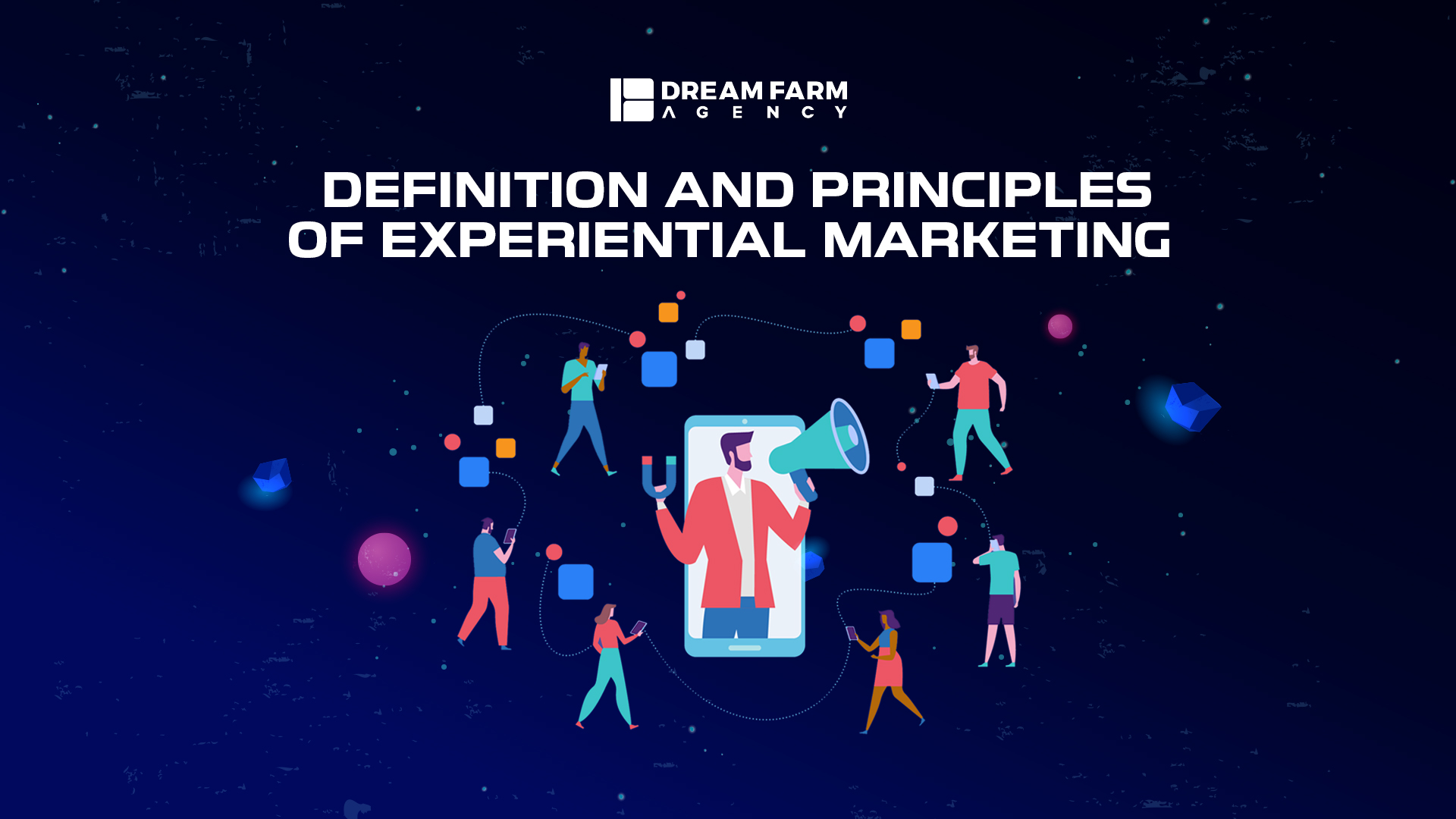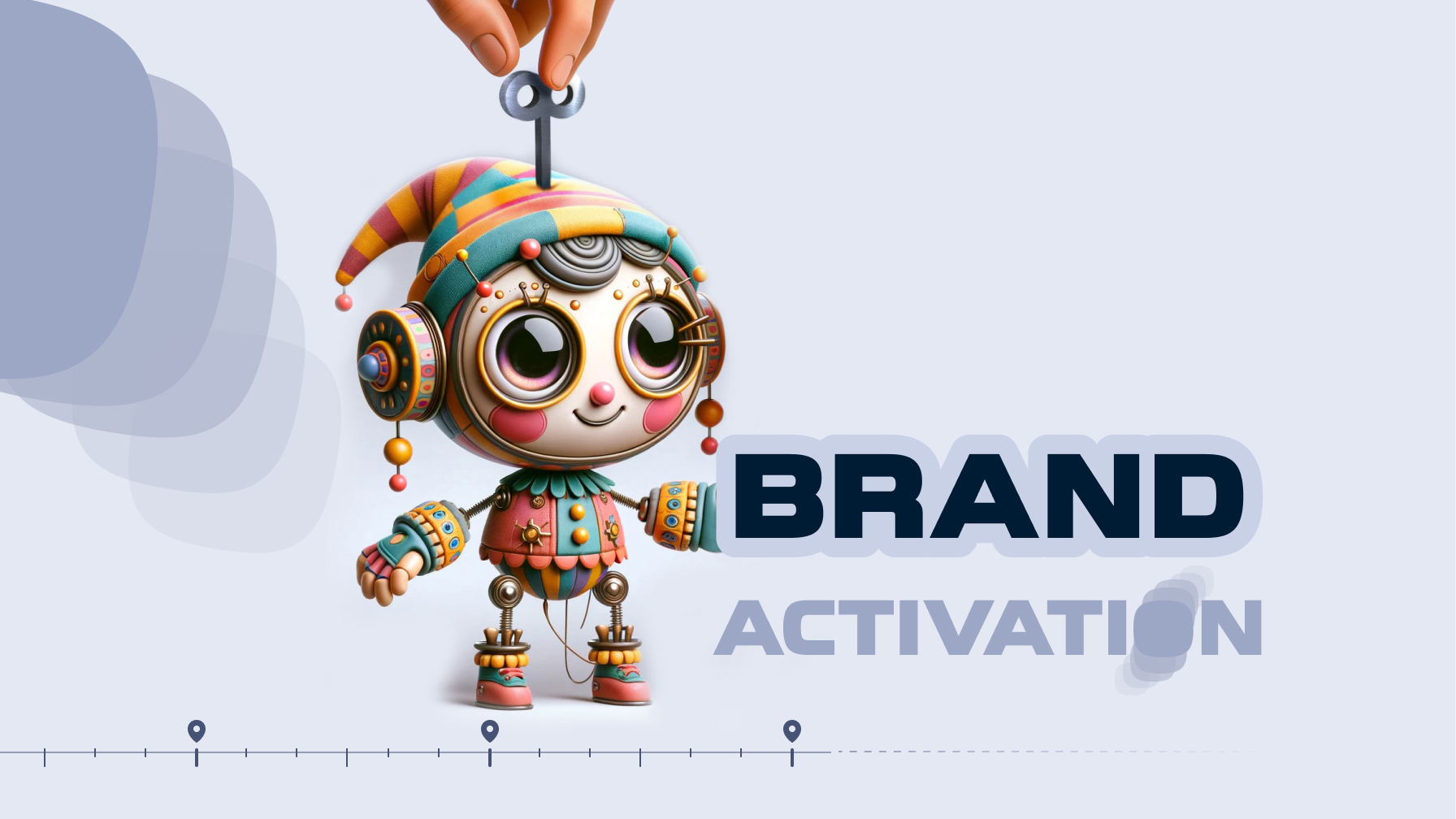
- How to define the metaverse?
- Virtual Experiential Marketing
- Why Every Brand Should Accept Metaverse Marketing
- Experiential Activations in the Metaverse
- 3 main factors of a successful experiential activation
- How to Align with Platform Culture and Etiquette?
- Let us talk about Metaverse user experience
- Future of Experiential Marketing in the Metaverse
- conclusion
Imagine you are in a universe where you can do whatever you want and talk or communicate with any individual. This world is called the “Metaverse”. The core of the metaverse is a virtual universe including digital spaces. In this Infinite space any individuals can interact with each other and digital environments. it fades the border between the physical and digital worlds, offering a solid, immersive experience. Presenting a captivating arena for empirical marketing it occurs with the development of metaverse technology.
Nevertheless, recent technological developments, especially in VR and AR, have brought the metaverse into the mainstream. It has old roots in science fiction virtual worlds that have existed for decades. So, the metaverse concept is not new.
The metaverse is an interactive digital space for exploring, socializing, working, playing, and creating. In this place every individual can interact with each other in real-time like the physical world we live in. This arena allows us to create a unique and immersive experience. You can access this digital area through different kinds of devices. For instance: VR headsets, smartphones, and computers. As metaverse technology advances, it presents a compelling arena for experiential marketing.
How to define the metaverse?
To better understand the metaverse, it’s vital to know about its primary keys. The metaverse surrounds a variety of technologies and platforms, such as:
- Augmented Reality (AR)
- Virtual Reality (VR)
- Augmented Virtuality (AV)
These technologies make the creation of virtual spaces and experiences easier. In the metaverse, users can steer these digital perspectives, interacting with other users, digital objects, and the metaverse environments.
The key characteristics of the metaverse are listed here:
- interconnected
- Persistent
- User-Generated
- Economical
- interactional
- Immersive
- Accessible
Virtual Experiential Marketing
Experiential marketing has always been a powerful tool for brands to attach customers to brands on a deeper level. It brings brands to a new dimension. Brands can now craft immersive virtual experiences that twist with users on an emotional and sensational level. This movement allows brands to enter the full potential of storytelling and customer interplay.
Various forms of experiential marketing in the metaverse are listed below:
1.Virtual Pop-Up Shops:
These so-called shops are created to change the shopping experience by using technology to create digital stores. These stores offer an engaging, real environment for users to find purchases and buy. The future of retail is Kinky with these creative virtual pop-up shops. For instance, Lancôme created a virtual shop. Explore it here:
2.Immersive Storytelling:
The metaverse gives the brands a large field to tell stories in a more enveloping and give-and-take way. Users can become more active in the story and create a great deep connection with the brand. Meta’s (formerly Facebook) Horizon World is a great example of this kind of storytelling. This metaverse platform lets users create and share their immersive experiences. Watch the video below to get more familiar with this meta world.
3.Gamified Marketing Campaigns:
This is one of the powerful tools in the metaverse. Brands use creating gamified experiences to not only entertain users but also encourage them to engage and have interaction. “Aria Invasion” is the name of a gamified marketing campaign that Gucci partnered with the popular gaming platform Roblox. Players in this virtual experience enter a world inspired by Gucci’s Aria collection. They have to complete challenges and collect virtual items, so they achieve awards like virtual accessories. This campaign is a mixture of entertainment and interaction of users and the brand.
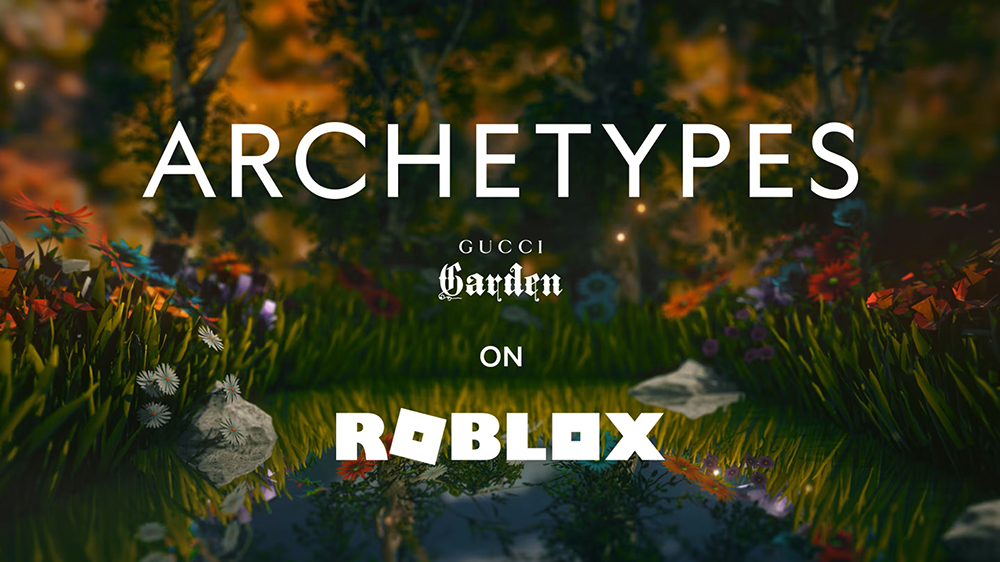
4.Virtual Reality Experiences:
VR experiences can carry users to completely new worlds. It is an opportunity for brands to show their services or products in an astonishing and memorable way. This is what Dior has done. You want to take a tour to Christian Dior without going out of the house? Easy! You’re only a click away!
Why Every Brand Should Accept Metaverse Marketing
The metaverse represents a creative opportunity for brands. It is crucial for companies to establish a presence in virtual environments when customers spend more time in. The metaverse offers brands an avenue to engage with a global audience, foster brand loyalty, and drive innovation.
Take a quick look at the table below to get familiar with some Brand Metaverse Marketing elements and their descriptions:

Experiential Activations in the Metaverse
One of the methods that brands can put Metaverse to work, is by experiential activations. Brands need to go beyond traditional marketing strategies to take advantage of the special opportunities that exist in this digital area. Here we introduce some ways that brands can use to create an unforgettable callup experience in the metaverse:
Immersive Environments
The metaverse refers to digital spaces that fully engage and captivate users, creating a sense of attendance and associating. Brands grip immersive environments to convey users into virtual realms, offering a multisensory experience that blurs the line between reality and the digital world. This environment enables them to explore, interact, and connect with the brand on a deeper level.
Interactivity
It can be called the “beating heart” of experiential marketing in the metaverse. Brands should make users active participants by their story. This can be achieved through:
- Gamification
- Interactive storytelling
- User-generated content (UGC) .
Personalization
Defined as sewing experiences and content to meet the individual tendencies and characteristics of each user in the metaverse.
Brands try to create customized products, interactions, and services by collecting and using data-insights.
These customized actions ensure that users feel a strong sense of connection with the brand
User-Generated Content
UGC (User Generated Content) alludes to content that users create and share by themselves. The generated content could consist of text, images, videos, voices, or other digital media. Brands for having better Experiential Activations encourage their audience to create content related to their products or services. Users will build brand awareness and credibility through reliability and creativeness.
3 main factors of a successful experiential activation
Believe it or not, we are living in a surprising era. Nothing usually gets its way into people’s hearts. take a look at new designer pieces, new music videos, or even new games. There is always something unusual about them. How can we survive our experiential marketing campaign in such a world?
These three elements are the core of a successful experiential activations in the metaverse. Let’s take a look at them:
Utility
In the metaverse, utility means to create value by problem solving, meeting needs, or upgrading the user’s experience. For example, Gucci creates Gucci Garden. People can buy Gucci designed pieces in the Gucci garden but they are not tangible and customers need to have the same piece in the physical world. So, Gucci creates some coupons for those who want to have those accessories in the physical world. This is how Gucci creates utility.
Entertainment
Entertainment is one of the most important elements of experiential marketing. It aims to encourage users and design amusing experiences. In the metaverse world this can include immersive games, interactive stories, and live virtual events. As we defined some of them before, they are innovating to entertain and excite users about the brand’s metaverse presence. For example, Gucci invites Taylor Swift to its event in Gucci Garden. People would definitely pay for the ticket to enter such an event in the Metaverse.
Community
Building a sense of community assists the metaverse to be a space where users can join and connect, share their experiences, and form relationships. This sense of community can direct brand loyalty and change any individual from “just users” to “champions”. For instance, a clothing brand hosts a virtual fashion show. Users in this virtual event gather to discuss the latest trends and even design their own fashion designs.
By focusing on the elements above, brands can create experiential activations in metaverse which wrap with users and put an enduring impact.
How to Align with Platform Culture and Etiquette?
In the metaverse a unique culture and etiquette has been defined for each platform. It is essential for brands to realize and respect these standards when they establish their attendance. Any failure in aligning cannot be accepted and it leads to:
- misunderstandings
- negative feedback
- damaging the brand’s fame
Here in the diagram provided below some key considerations have been described. these are important when aligning with platform culture and etiquette:
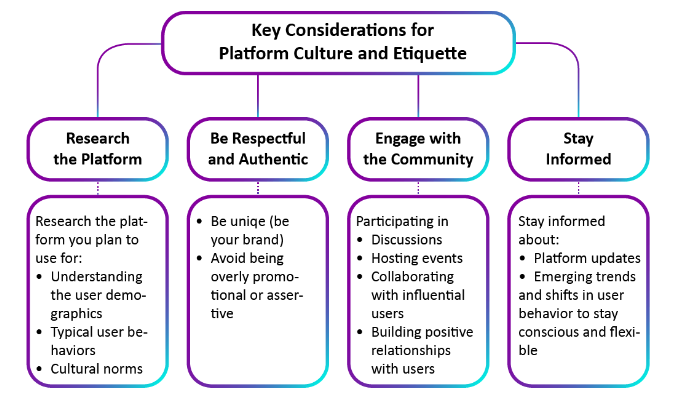
Trust, credibility, and positive relationships only will be built in brands by aligning platform culture and etiquette.
Let us talk about Metaverse user experience
It doesn’t matter which platform you are using for your experiential marketing campaign, you need to pay attention to your user experience.
To create a pleasant experience for the users in metaverse, brands should pay attention to parameters like Inclusiveness, security, and privacy to create a safe and welcoming space for all users.
Inclusiveness
Inclusiveness means that makes the metaverse accessible to all individuals. Despite their backgrounds or abilities. Brands should pay attention to the following elements:
- Accessibility: Make sure that any person with disabilities have access to virtual experiences and they are flexible. This means amenities like options for screen readers, closed captions, and other helping technologies must be provided to make it easy to use.
- Diversity and Representation: Be sure that there are a wide range of cultures, people and perspectives in your metaverse.
- Language Support: Offer content and communication in multiple languages to provide to a global audience.
- Affordability: estimate the cost of accessing the metaverse and aim to provide affordable options for users with limited financial resources.
Security
The vitalization of protecting user personal information and digital assets, which is called security, is so important. Data in the metaverse are not hidden from anyone. Brands should take the following consideration:
- Data Protection: have direct data protection rules and stick to them. To keep user information safe, store them securely and responsibly.
- Fraud Prevention: Apply measures to stop fraud and unauthorized access to user accounts and digital assets.
- Safety Measures: Brands should provide some options in the metaverse space and apps for reporting and addressing any security matter. Users have the right to report harassment, offensive comments, bullying, and harmful behavior to experience a safe place.
Privacy
Sustaining trust requires the respect of user privacy. Brands should:
- Transparent Data Practices: State clear methods of data collection then try to store them. These clear methods will make it easy to control their privacy settings.
- Consent: having a clear agreement Before collecting any personal data from users. Users should have the option between denying or accepting to participate in data collection.
- Anonymity Options: For having better privacy protection allow users to decide whether they want to remain anonymous or pseudonymous in the metaverse.
Preferencing covering large aspects of security, and privacy, can help brands to create a welcoming and secure metaverse environment that brings up trust and useful and practical user experiences.
Future of Experiential Marketing in the Metaverse
The metaverse has great potential . By developing technology, brands will achieve more opportunities for immersive, unforgettable experiences for their attendance. There is a bright future for experiential advertising in the metaverse and brands that accept it today are well on their way towards this exciting new frontier.
Evolving Technologies
The metaverse is a dynamic and ever-changing space. As technology progresses, the capabilities of the metaverse will expand. This includes enhancement in VR, AR, haptic feedback, and artificial intelligence. Brands will be able to strengthen these technologies to create even more enticing and convertible experiences.
Example: Nike’s Virtual Sneaker Try-On
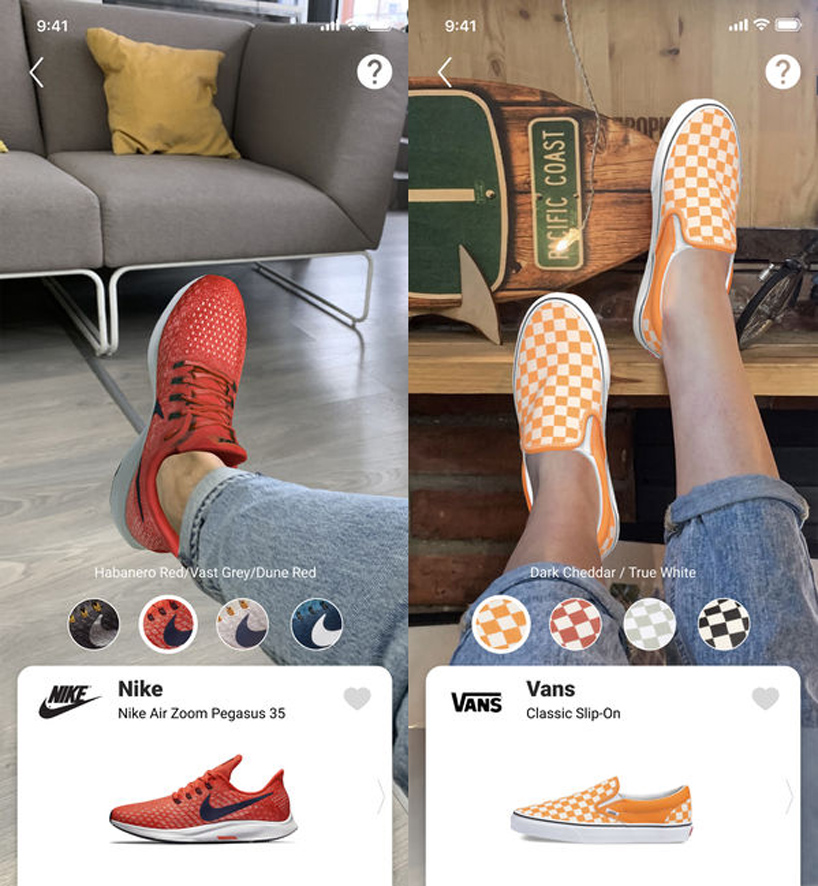
Enhanced Interactivity
Convertibility is at the core of the metaverse. We may expect even notable levels of user interaction. Advanced tools will be accessible for brands to create engaging, personalized and immersive experiences. Gamification, virtual simulations, and user-generated content will play a significant role in experiential marketing.
Example: Roblox Metaverse Concerts
Watch more of these amazing concerts on Roblox website.
Metaverse Marketplaces
With the metaverse advancement, we can expect the growth of metaverse marketplaces. They are defined as digital platforms that brands can take part in. Participating brands not only give users the opportunity to buy, sell, and trade virtual assets, services, and experiences but also present unique virtual staff and services.
Example: Decentraland Virtual Real Estate Sales
Cross-Platform Integration
Being limitless to a platform is not Property of the metaverse. The multi-platforms combination will become more widespread, allowing users to monolithically transition between different metaverse spaces. Brands can take advantage of this by creating solid brand experiences that extend to multiple platforms.
Example: Fortnite’s Cross-Platform Integration
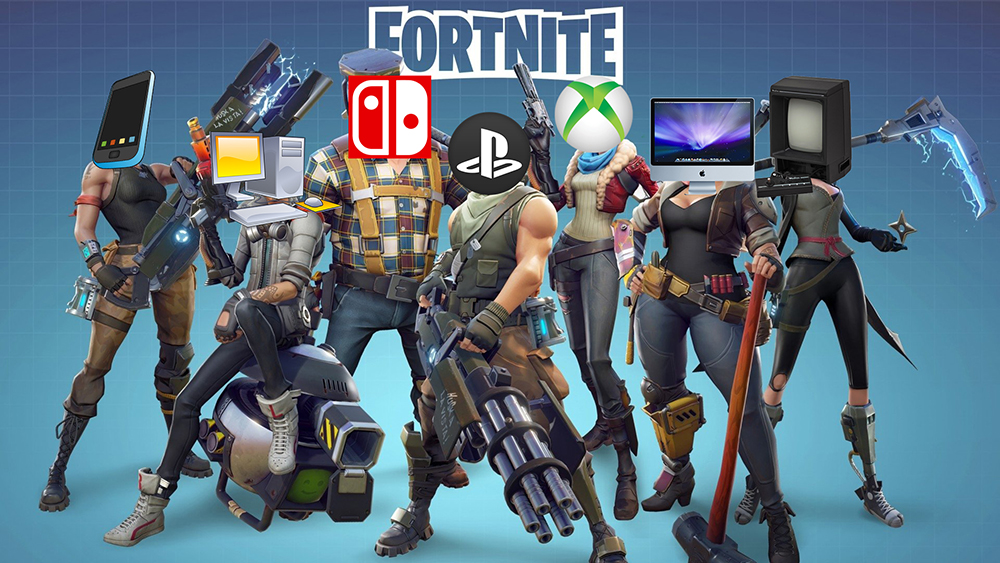
Niche Communities
Niche communities within the metaverse will continue to grow. Brands that have ideal positions can identify and connect with these communities and will have the opportunity to build highly engaged, proprietary fan bases.
Example: VeeFriends NFT Community
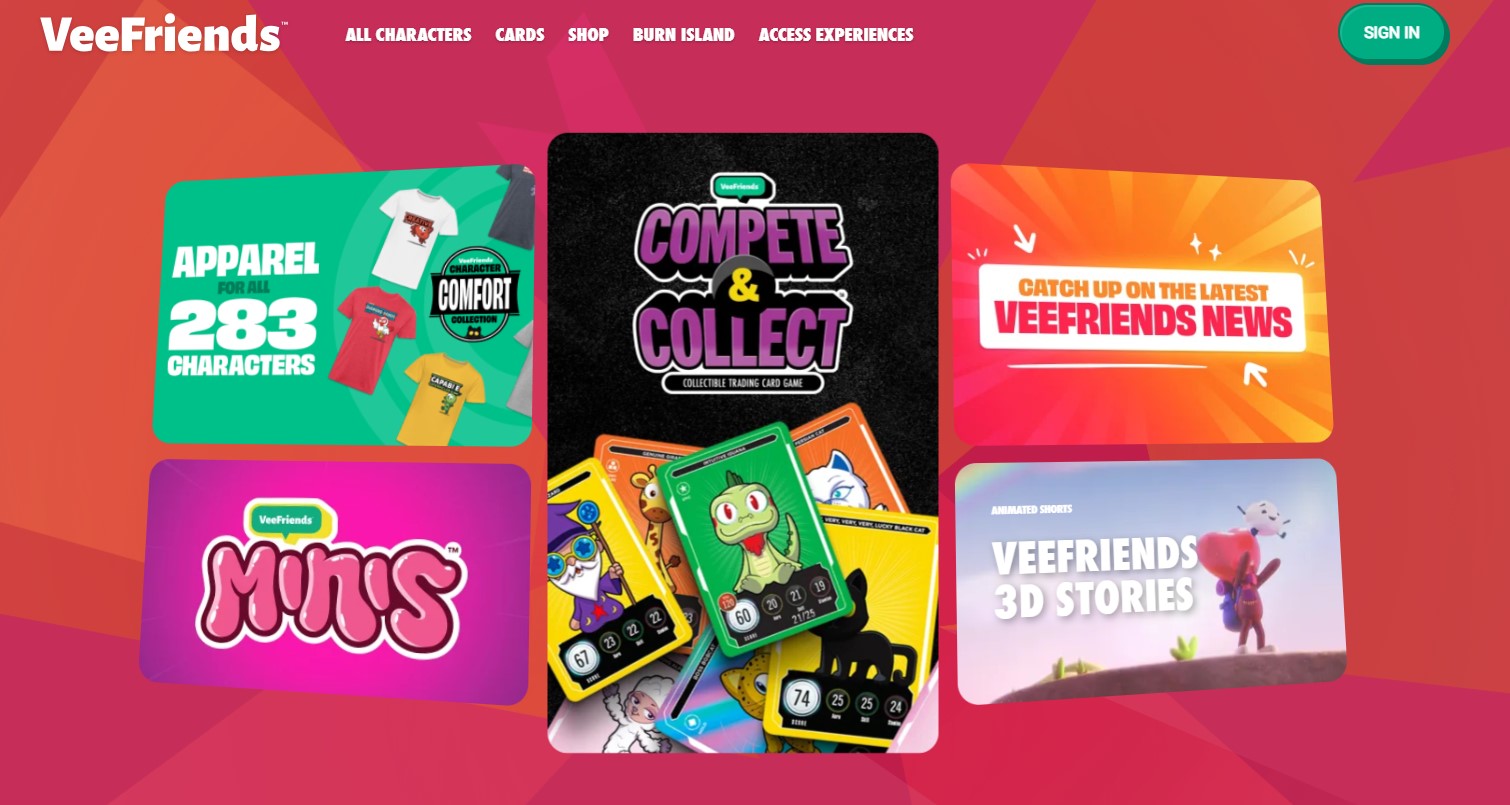
Sustainability and Ethical Considerations
The metaverse will face sustainability and social challenges. Brands will need to consider their environmental impact, responsible data use, and social responsibility in the metaverse.
Example: Sustainability in Decentraland

conclusion
Finally, the metaverse demonstrates a big revolution in the experience markets. It gives brands a unique chance to connect with their audience on a major level. Brands can unlock the potential of the metaverse and alter their marketing activity processes for the better by focusing on creating memorable experiences and following the best operations. The virtual world will be more interesting by developing the metaverse and brand answers to new trends and the new experiences that bring in. The future of shopping experience in the metaverse is flourishing, and brands that adjust and novel in this space will be at the beginning of a new era of marketing. Give your hands to us If you want to put a new starting point in your marketing plan. You are not alone in this journey, instead of feeling stressed you will feel holding Dream Farm Agency‘s arms around yourself.

Rojan

